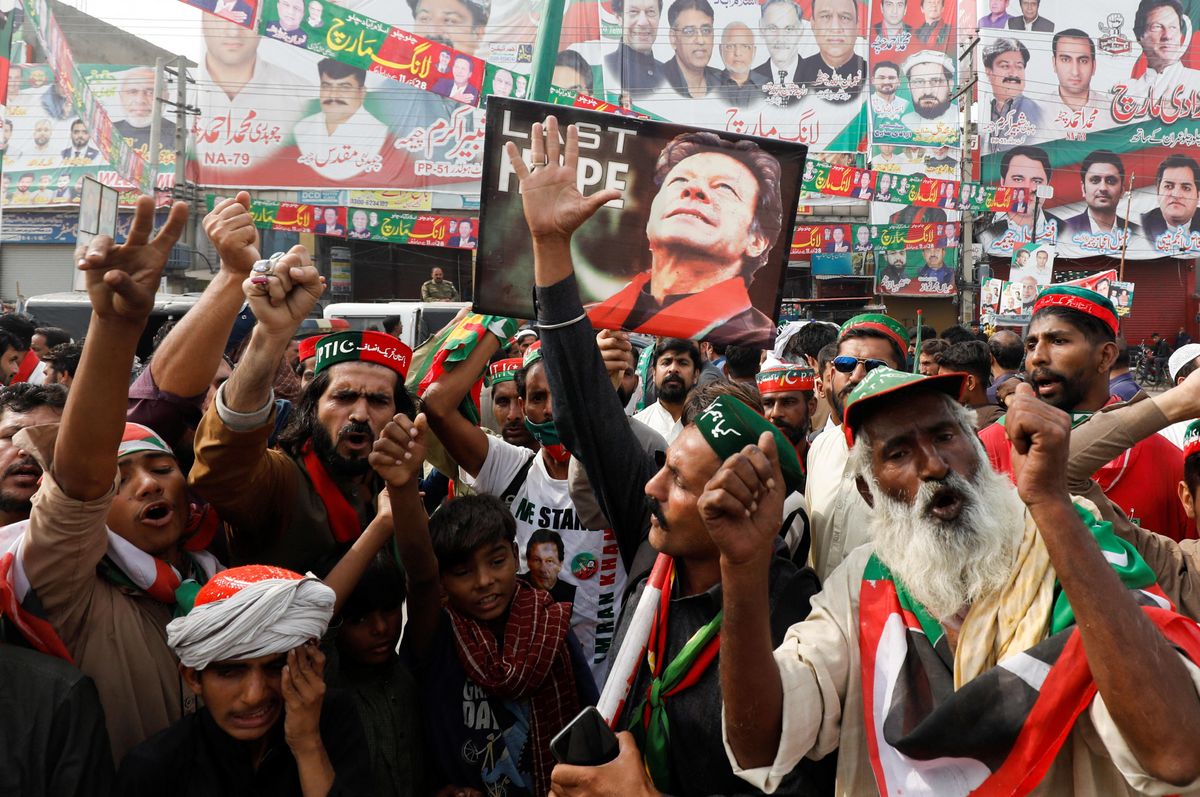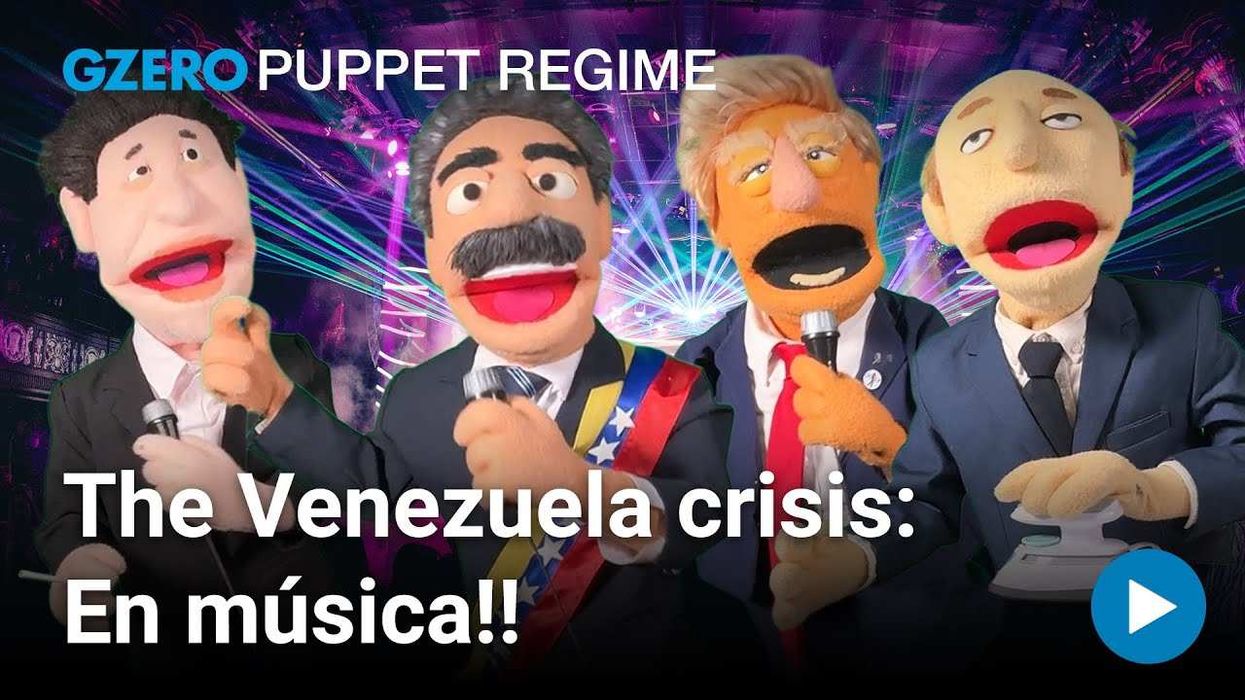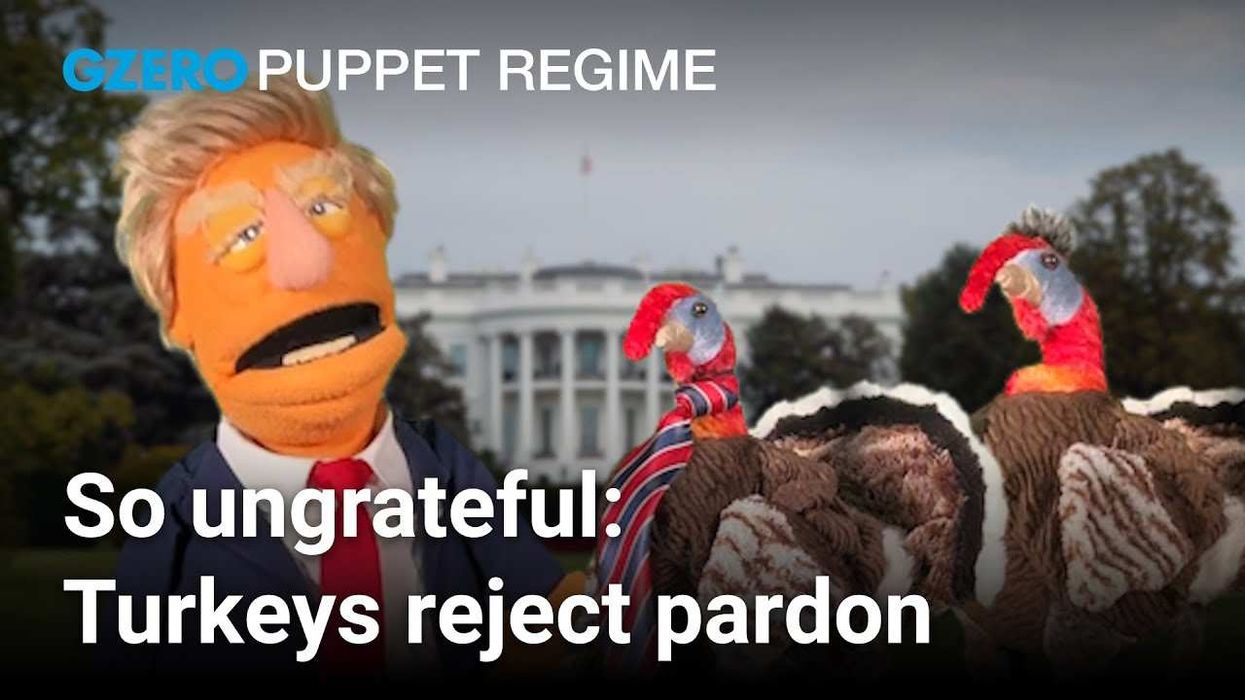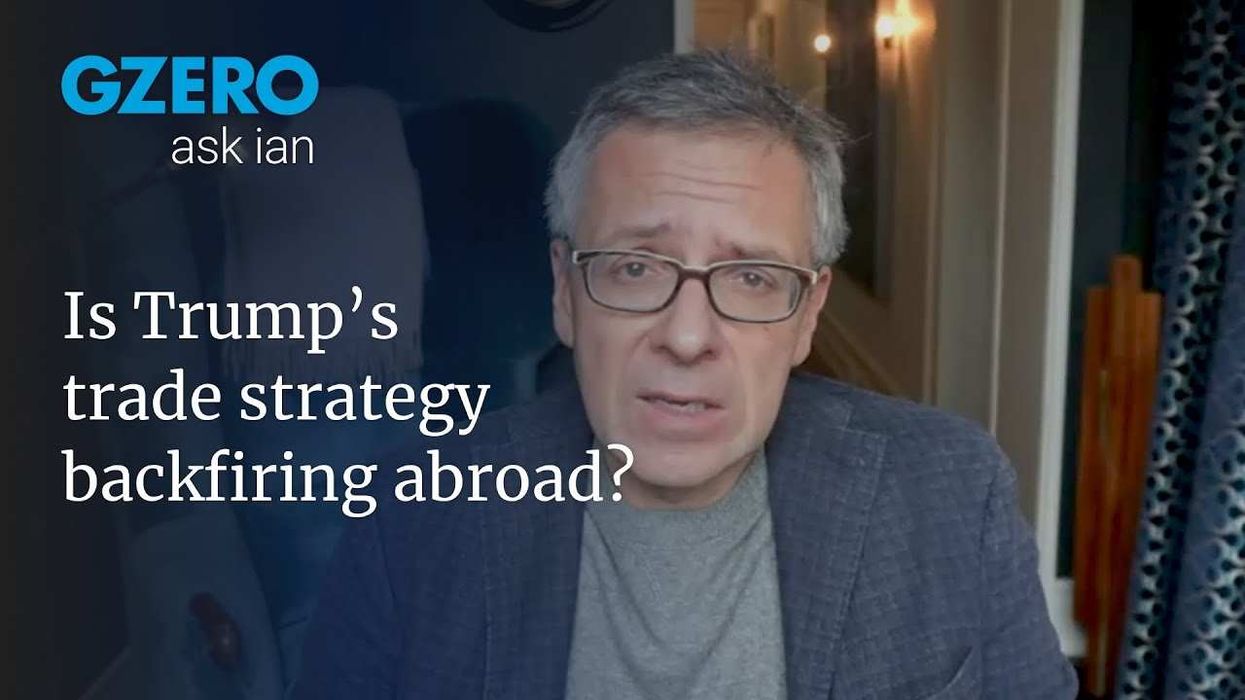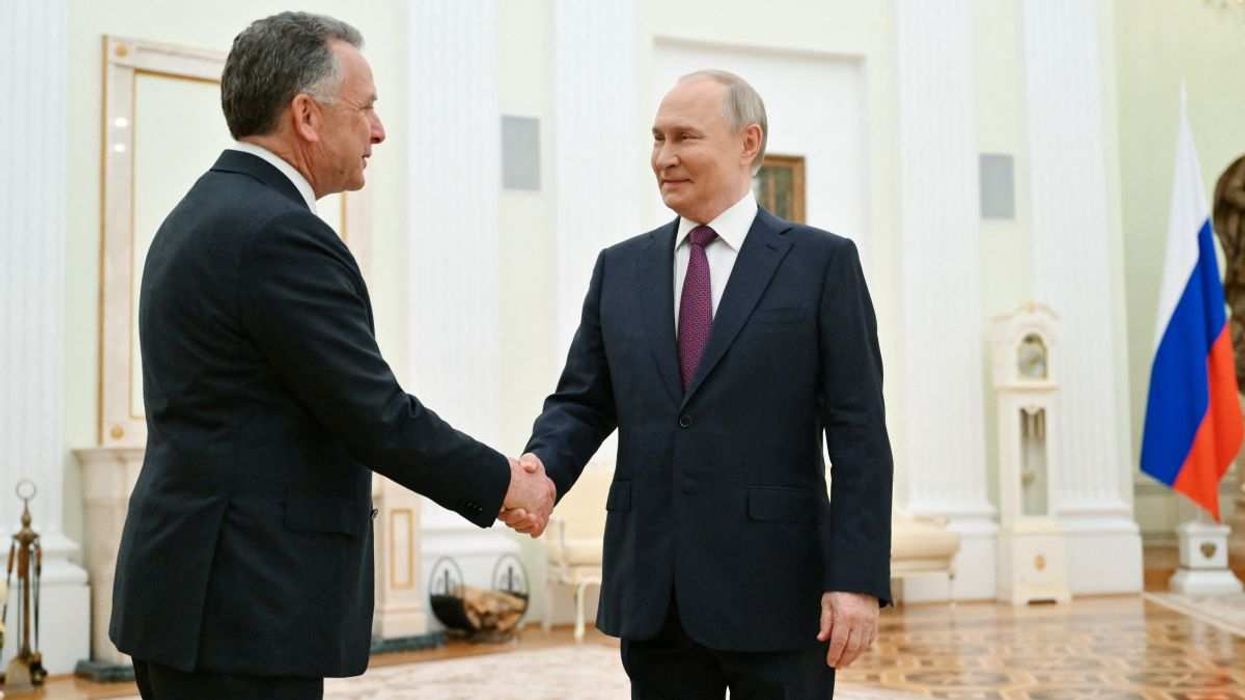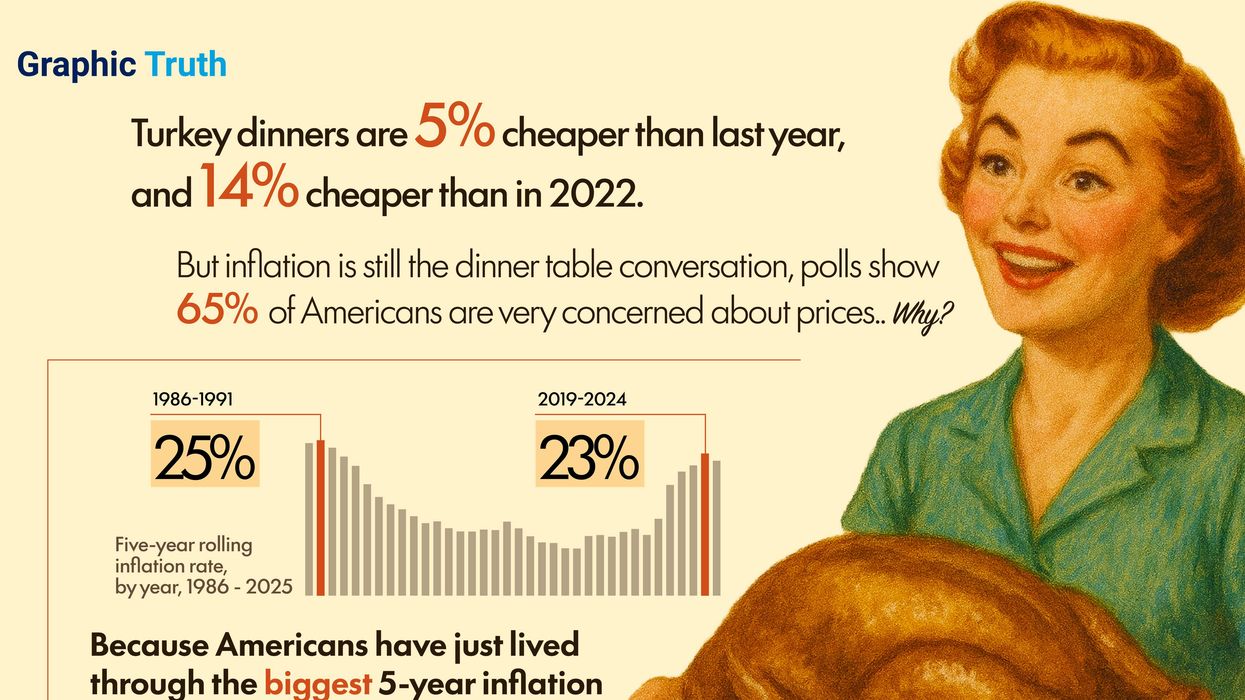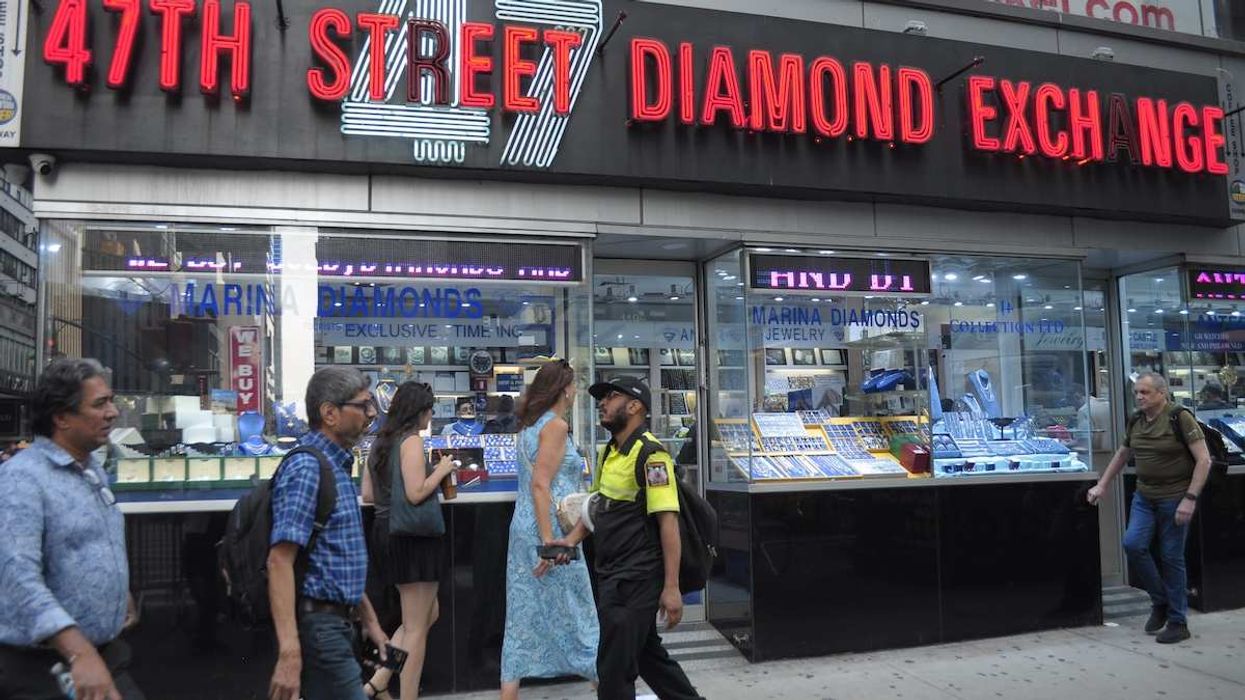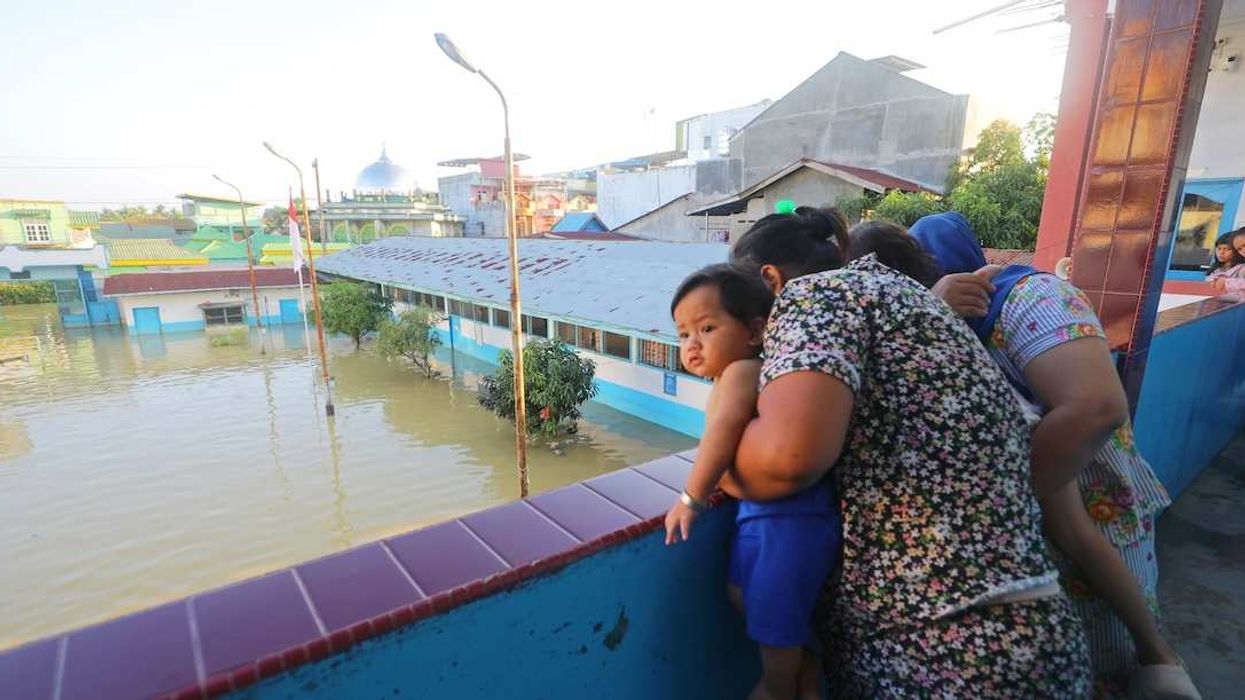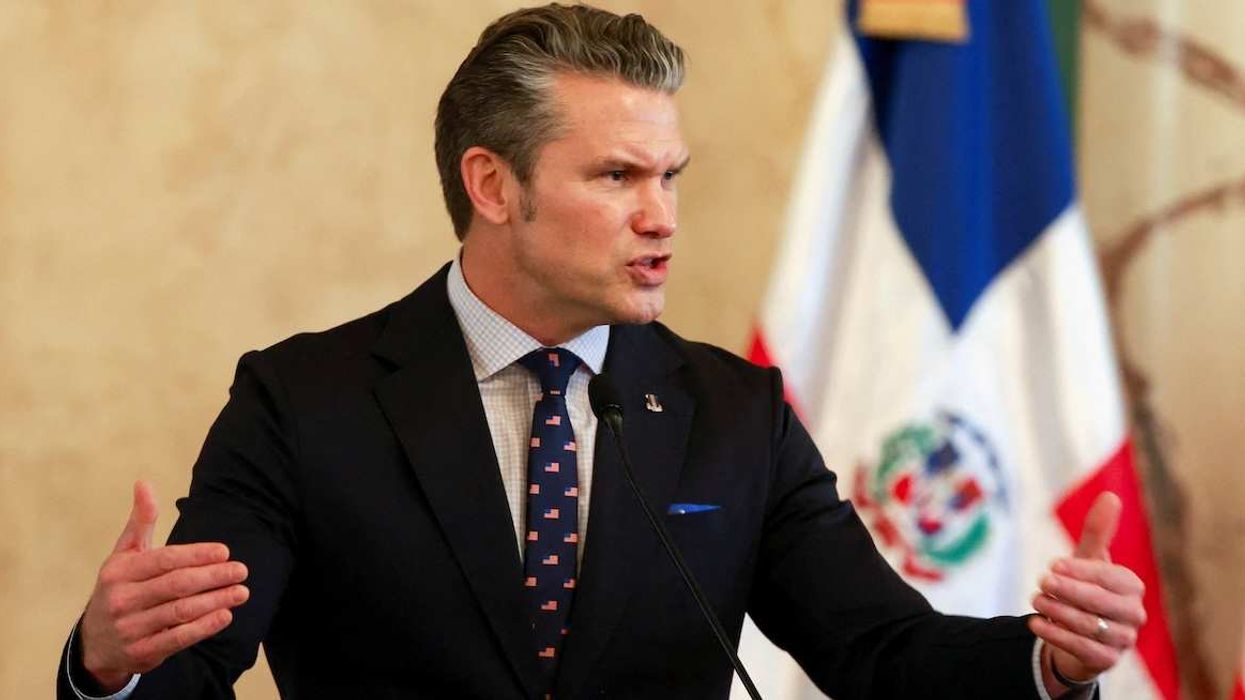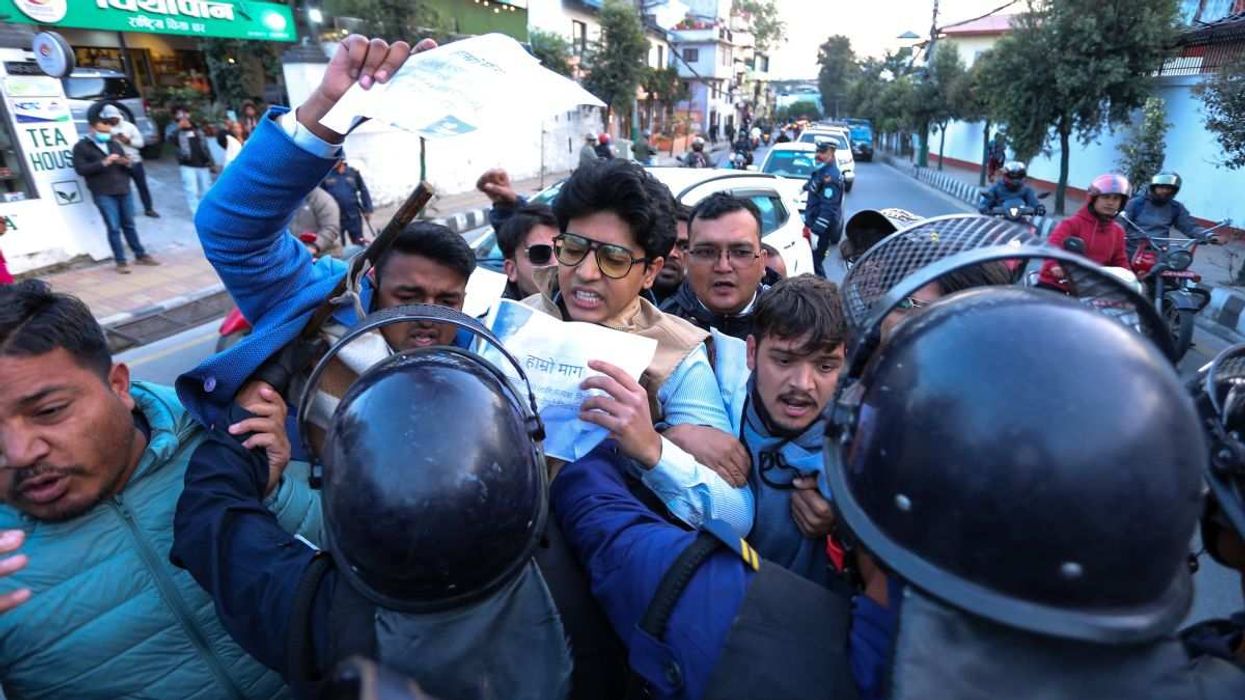Pakistan is still reeling after the assassination attempt on ex-PM Imran Khan, the born-again Muslim populist who has been campaigning for snap elections and a return to power since being ousted from office last April. After he survived gunshot wounds on his legs Thursday, a three-way political battle between Khan, the civilian government, and its military backers is now spilling onto the streets.
The flurry of accusations, questions, and investigations in the wake of the shooting doesn’t bode well for political and social stability in the world’s fifth most populous country and the only nuclear-armed Islamic republic.
Khan to march on. For the 70-year-old Khan, who’s expected to make a full recovery, the struggle continues. Within 24 hours of being shot, the physically fit former West End Lothario-turned-cricket hero-turned-Islamist took to the cameras, rejecting that he was the target of a lone-wolf attack and blaming it on a plot hatched by PM Shehbaz Sharif, the internal security minister, and a senior military intelligence officer.
Without offering any proof, Khan demanded they all resign. He also promised to return to his “Long March” across Pakistan’s political heartland as soon as he was healthy enough and encouraged his supporters to keep protesting — which they continued to do over the weekend.
Yet, Khan runs a one-man show. Although his Long March is expected to resume on Tuesday, the political momentum he has gathered is expected to weaken at least until he hits the streets again.
Meanwhile, Khan’s demand for snap elections — which he would win by most estimates, considering the size of his rallies and his dominance in by-elections — is unlikely to be heeded by the government or military leaders. Both seem dug in and have called out Khan, pushing to investigate him for politicizing the attack — even alleging that the former PM orchestrated the attack himself, “outdoing Bollywood actors.”
Whodunit? The country has lost too many leaders whose killings have never been properly investigated. But the latest attack is particularly fraught because of what’s at stake.
While the suspected gunman, who was challenged and overpowered by a courageous bystander, confessed that he acted alone in two leaked videos, his story has changed. In the first clip, he said he wanted to kill Khan because the former cricket hero was “misleading” Pakistanis. By his second video, he had shifted to a convenient trope used to justify so many murders across the country: “blasphemy.”
While ballistics and forensics teams have yet to weigh in to confirm or reject the lone wolf theory, Khan continues to claim he was fired upon from two different sides and by multiple attackers. Doctors and eyewitnesses are adding to the confusion and coming up with different versions of how many times he was shot.
The real and conspiracy theories are leading to political chaos. A senior military intelligence official was fingered by Khan as a co-conspirator, triggering the army to pull out its knives. In Pakistan, where spooks enjoy anonymity and immunity, it is rare for a top spy to be investigated for anything, which is exactly what Khan is demanding.
But the praetorian military isn’t budging, and a formal investigation is not yet underway. The lack of cooperation and legal follow-ups is triggering confrontation, further polarizing Pakistan’s partisan politics, where perceptions weigh more than the truth.
The more Khan keeps blaming top government and military officials for the attack and continues to reject the lone wolf theory, the more supporters (and sympathy votes, whenever they’re allowed to roll in) he’ll gain.
Expect the polarization and acrimony to escalate (further) between Pakistan’s political establishment — which includes the older, family-run parties and the powerful military — and Khan’s populist insurgency.
Threatened by divisions, the establishment seems to be digging in for now. Yes, Khan’s accusations have been rejected by the higher echelons of government and the top brass, which seem more united than ever against him. But second-tier officials are now beginning to show their concerns about the pushback Khan’s party is facing. Several mid-level military officials have confirmed their sympathies for Khan’s cause to GZERO.
“[Khan] is keeping up the pressure on the military leadership, which has been divided and thus on the defensive,” says Kamran Bokhari, from the New Lines Institute for Strategy & Policy in Washington, DC. “He will use the attack on him to continue to exacerbate rifts within the military in order to try and subordinate the institution to his goal of creating a single-party state.”
In the melee, the army is confronted by perhaps the biggest challenge to its decades-long domination of the state. Indeed, it’s “facing increasing criticism from the country’s heartland of Punjab, which for decades had been the bastion of its support,” Bokhari adds.
But the world’s sixth-largest fighting force is unlikely to yield to Khan’s pressure.
“The men and the machine are inseparable,” Bokhari explains, “in that the military-intelligence complex is so intertwined with the functioning of the state that any change to its role will be a very messy affair — leading to greater destabilization.”
But remember, this is a three-way battle. Despite being way more seasoned than their nemesis, it’s Khan’s political opponents who constitute the current coalition government — the right-leaning Sharifs, the left-leaning Bhutto-Zardaris, and the religious parties — who are struggling for relevance.
“Their objective is to see the military and Khan weaken each other and emerge as beneficiaries of this feud,” assesses Bokhari. “The problem with this strategy is that Khan’s PTI [party] is way more popular. There is also the unmistakable reality that the anti-Khan camp lacks a vision that can counter the PTI narrative.”
The old adage about politics in Pakistan is that there are only three types of people who live there: the rich, the poor, and the soldiers. At this rate, Khan seems to have captured the imagination of many of the first two, while forcing a split in the third.
Sure, there is strength in numbers. But there is also a certain madness in multiples. For regional competitors like India — and stakeholders in Washington and Beijing — this does not spell an E pluribus unum moment for Pakistan.